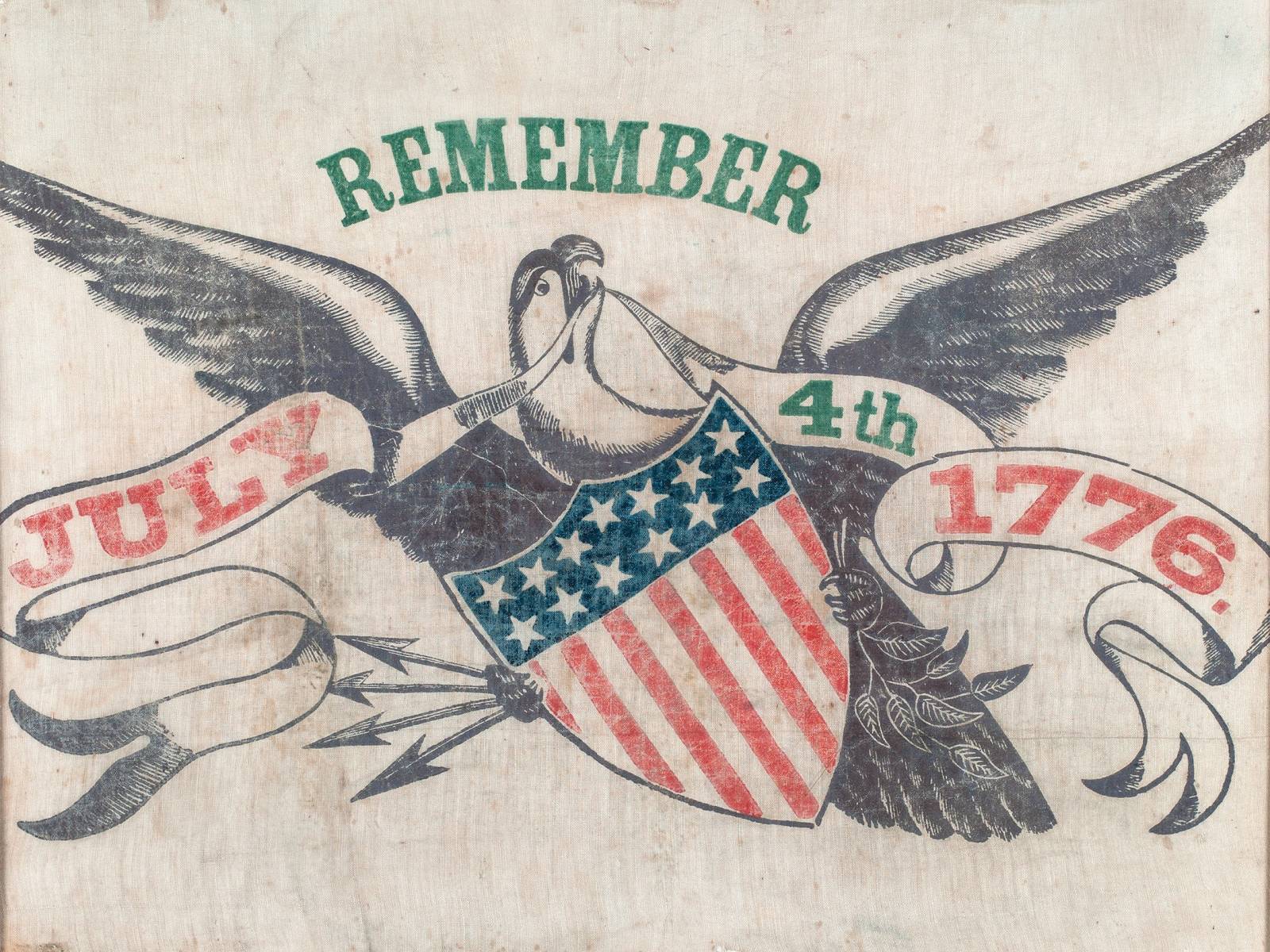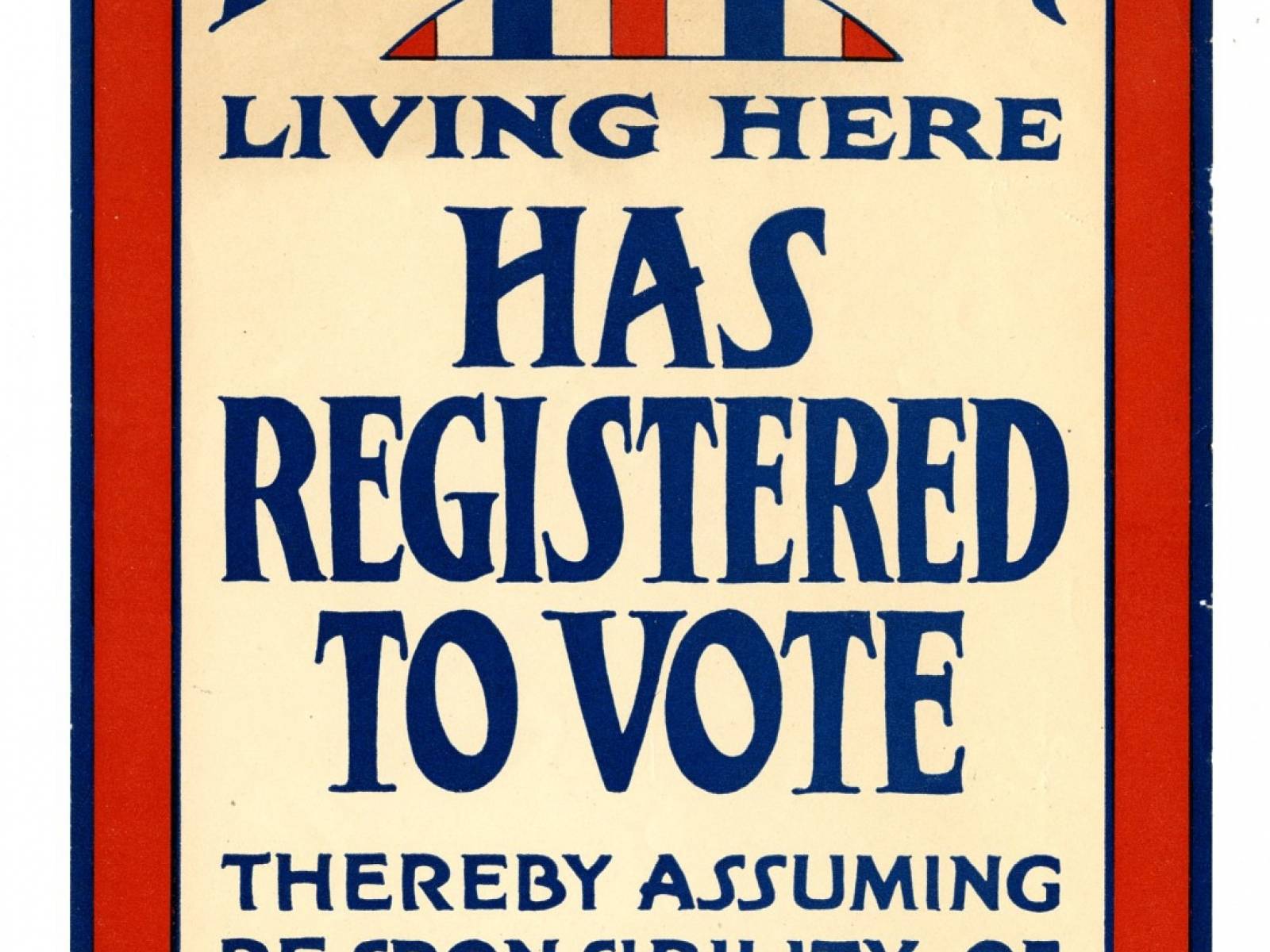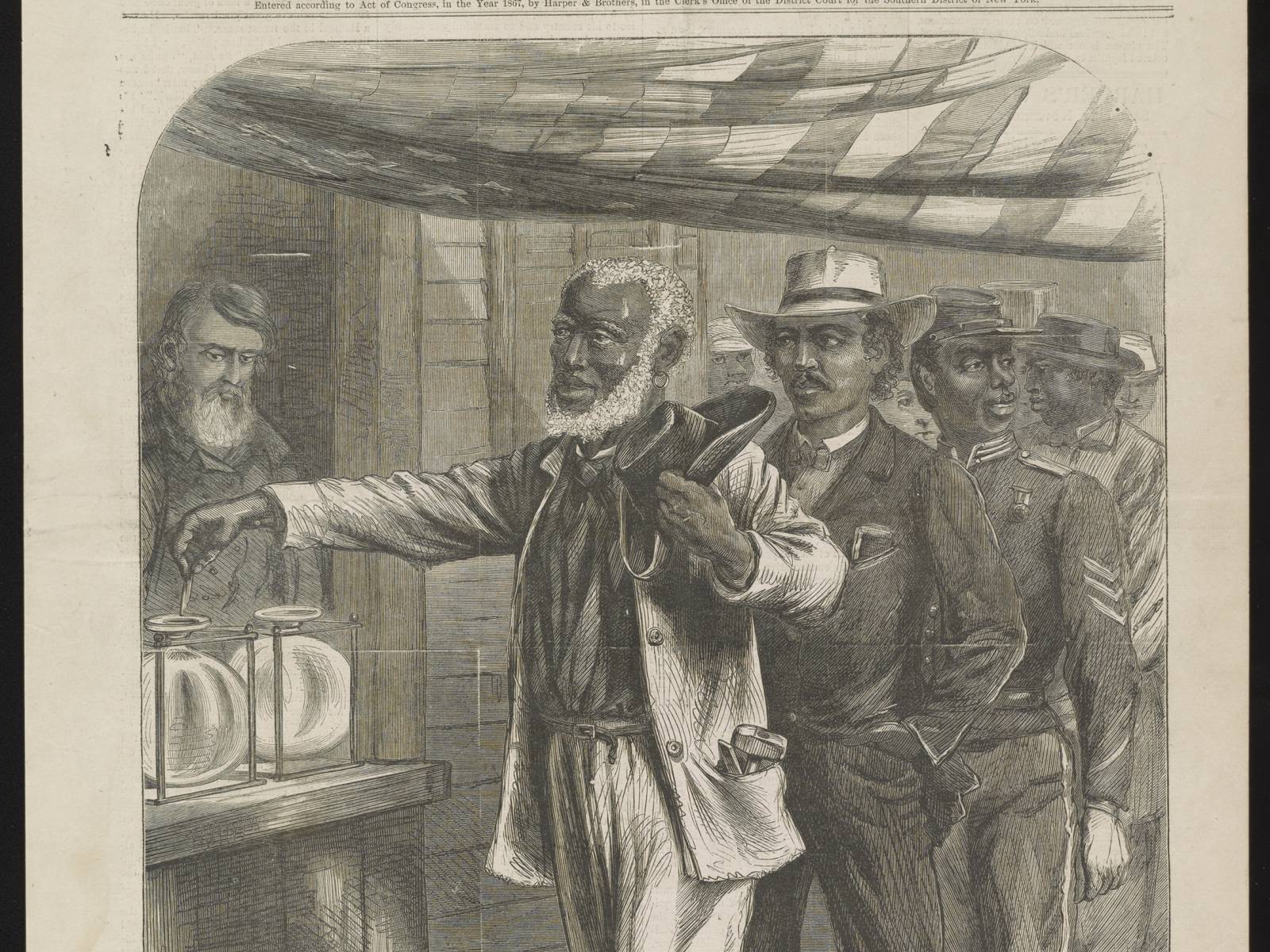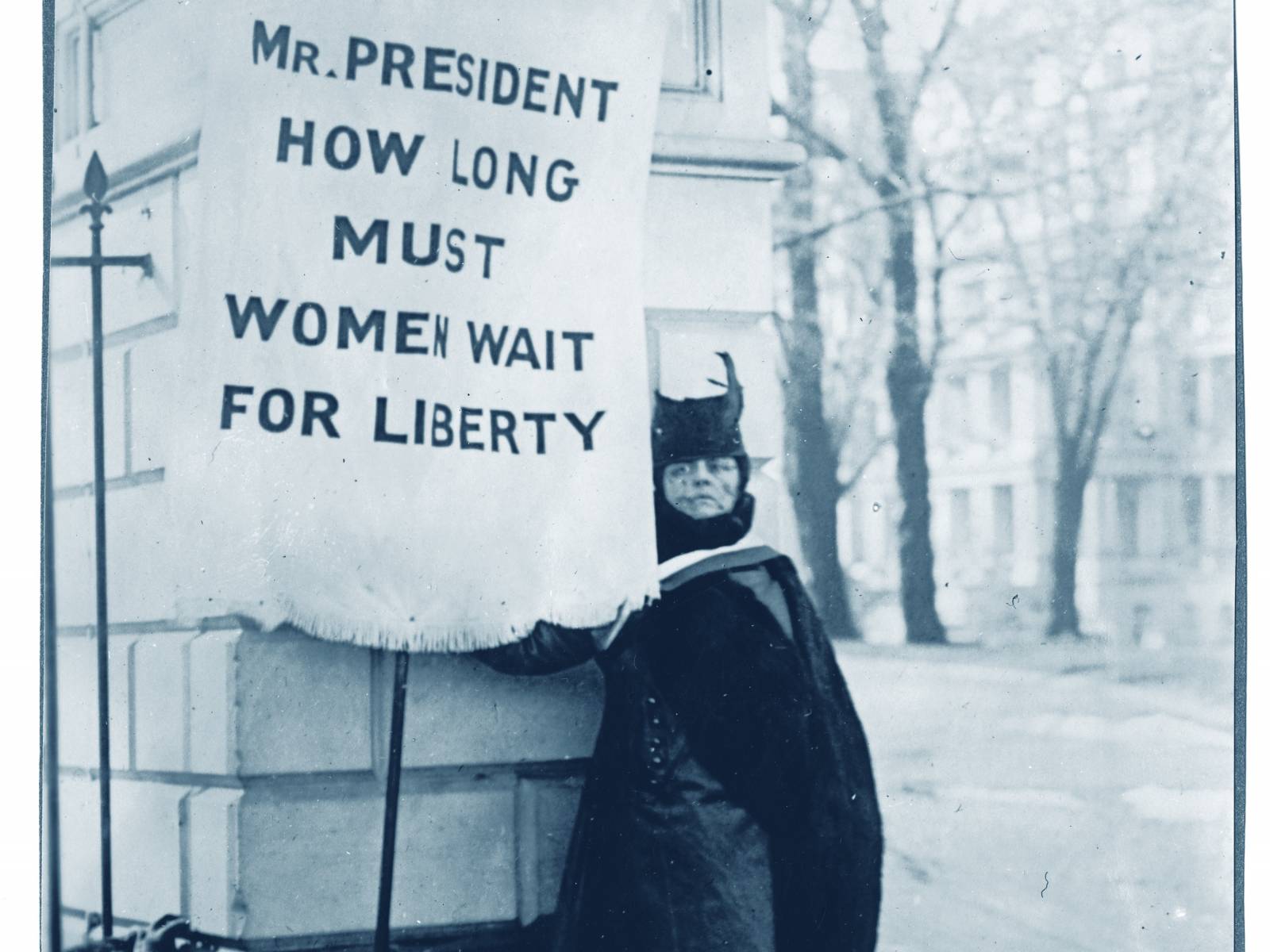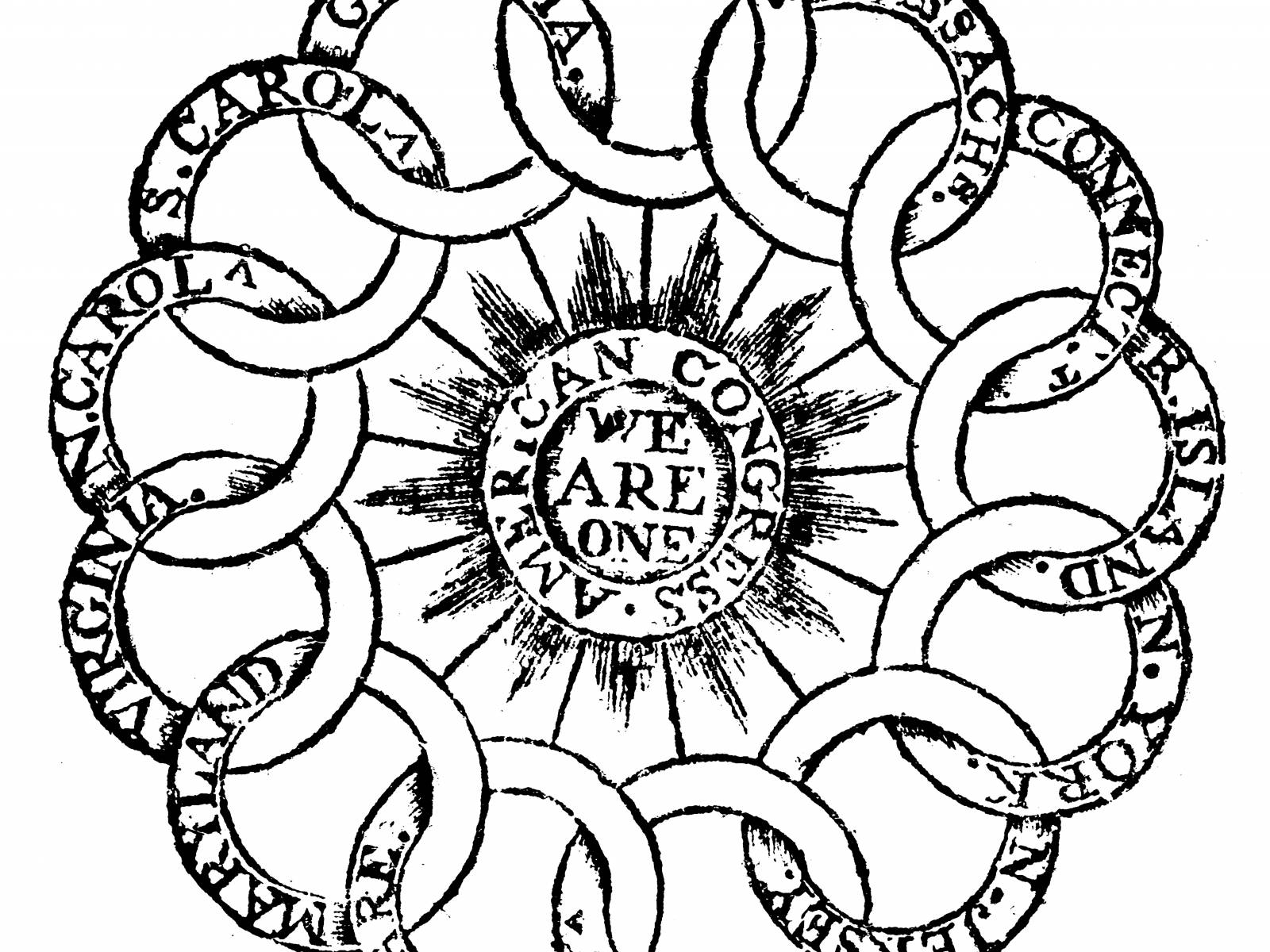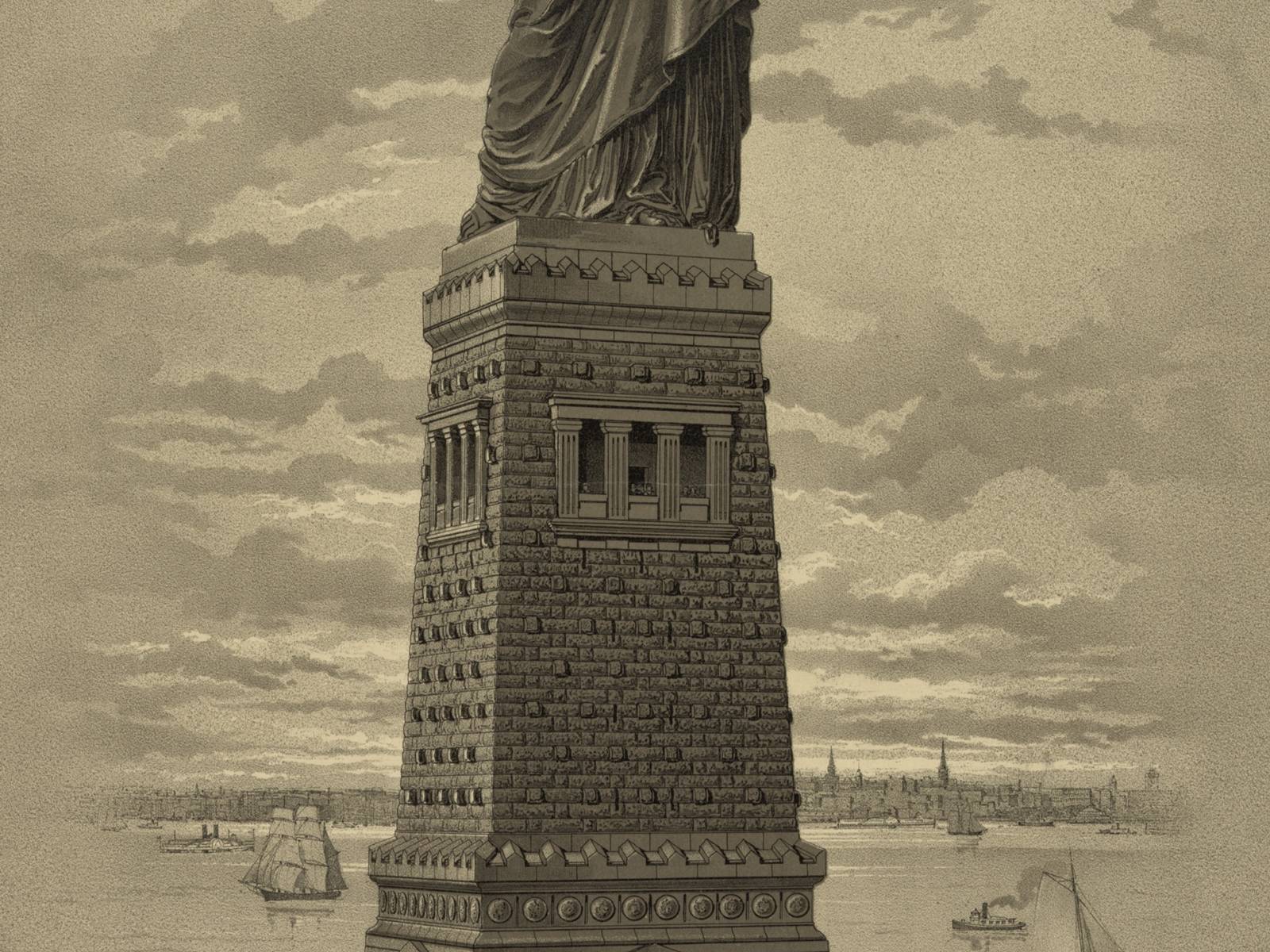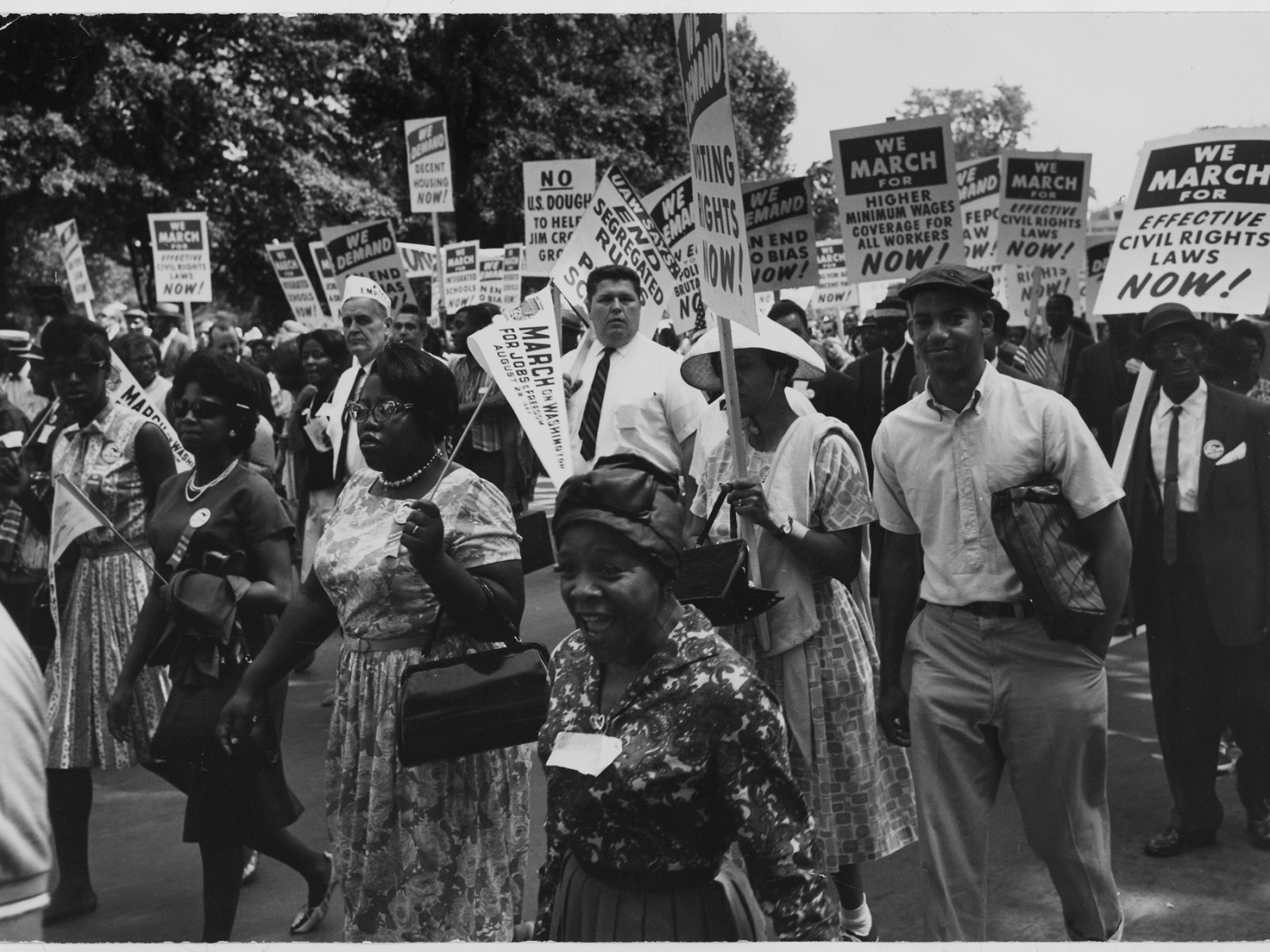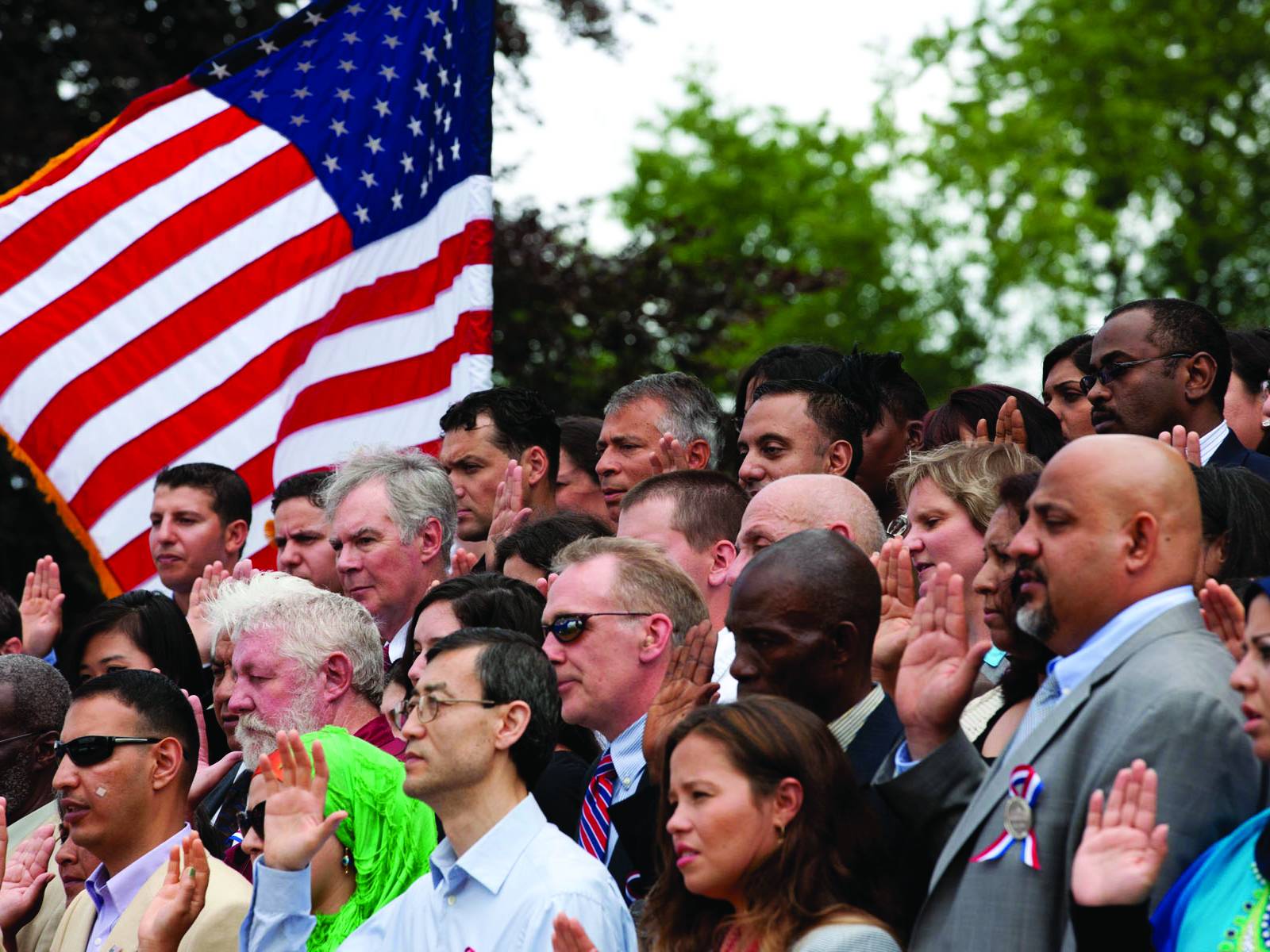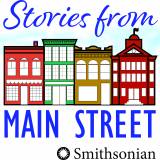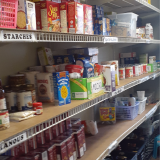Voices and Votes: Democracy in America
#VoicesVotes
When American revolutionaries waged a war for independence they took a leap of faith that sent ripple effects across generations. They embraced a radical idea of establishing a government that entrusted the power of the nation not in a monarchy, but in its citizens. That great leap sparked questions that continue to impact Americans:
- Who has the right to vote?
- What are the freedoms and responsibilities of citizens?
- Whose voices will be heard?
- How do you participate as a citizen?
- How do we encourage more people to participate in our democracy?
Voices and Votes: Democracy in America is a springboard for discussions about those very questions and how they are reflected in local stories. Our democracy demands action, reaction, vision, and revision. From revolution and suffrage, to civil rights and casting ballots, everyone in every community is part of this ever-evolving story – the story of democracy in America.
Read MoreVoices and Votes: Democracy in AmericaTour Schedule
Currently on view in:
Next appearing in:
Eatonton, Georgia
Georgia Writers Museum
4/20/2026 - 5/31/2026
Angola, Indiana
City of Angola
3/28/2026 - 5/10/2026
East Sandwich, Massachusetts
Nye Family of America Association Inc
12/20/2025 - 2/1/2026
Washington, Missouri
Washington Public Library
12/19/2025 - 1/30/2026
West Valley City, Utah
West Valley City
3/28/2026 - 5/31/2026
Sheridan, Wyoming
Museum at the Bighorns
4/18/2026 - 6/13/2026
Future Host States
Coming in 2023 to: Arkansas, Kansas, Nebraska and Tennessee
Coming in 2024 to Florida, New York, North Carolina, and Oklahoma
Coming in 2025 to Idaho, Massachusetts, Missouri and New York
Coming in 2026 to Georgia, Indiana, Utah and Wyoming
Voices and Votes is based on a major exhibition at the Smithsonian’s National Museum of American History called American Democracy: A Great Leap of Faith. Content development was led by Harry Rubenstein, Curator Emeritus in the Division of Political History at the National Museum of American History. Voices and Votes has many dynamic features: historical and contemporary photos; educational and archival video; engaging multimedia interactives with short games and additional footage, photos, and information; and historical objects like campaign souvenirs, voter memorabilia, and protest material.
Voices and Votes also offers an exciting educational component called “American Experiments.” This companion traveling trunk will have a collection of activities designed to engage visitors inside the exhibition as well as students in the classroom. A “Head‐to‐Head” challenge asks visitors to select their choice for the American who changed the nation the most or the most “American” food. Leave your opinion of “I believe good citizens should…” with a “My Fellow Citizens” photo opportunity. Finally, see where you stand in comparison to others in a voting game posing thought-provoking questions about our democracy, citizenship, and voting. “American Experiments” is just one example of the many rich programming opportunities Voices and Votes opens up for communities.
This exhibition covers many themes, including:
“The Great Leap” introduces visitors to the context and main controversies behind America’s democratic system. It poses central questions such as: What were the principles and events that inspired the writers of the Declaration of Independence and the Constitution? Just how revolutionary was our new democracy led by the people? And who would be included as “the people?” How would they make their voices heard?
We have a diverse body of voters today, but not every American has had the right to vote. When America was founded, voters made up a small fraction of the population. The founders only saw a world where propertied men voted on behalf of everyone else. Over the years, those who were shut out of the polls showed their desire to be heard. The fight for fair representation and a voice at the polls brought struggle and changes to our country since our founding.
We participate in the political system through state and national parties, nomination conventions, and stomping for our candidate of choice. These informal institutions and activities that are not specified in the Constitution are nevertheless all a part of the machinery that keeps democracy running. It all comes down to getting people to go out and vote.
Americans of every ethnicity, class, and state share the revolutionary spirit of rising up and speaking out. The First Amendment to the Constitution guarantees this right to peaceably assemble and petition the government. Whether by carrying signs and petitioning with our feet or lobbying our representatives, there are many ways citizens can make their voices heard.
What does it mean to be a citizen? What are the rights and responsibilities of American citizens? Does America need a shared national identity? These are basic questions that our founders left unanswered. Future generations of American citizens have faced these questions ever since. In schools, public forums, and even popular culture, we debate whose history gets to be told. The conflict between multiculturalism, assimilation, and discrimination plays out every day in America. And we all must balance our rights as well as our responsibilities as citizens. What does being a citizen mean to you?
Looking for Exhibition Resources?
Visit our Resource Center for Exhibition Guides, Lesson Plans, Scavenger Hunts, Reading List, Docent Handbooks, Free Posters, and more!


